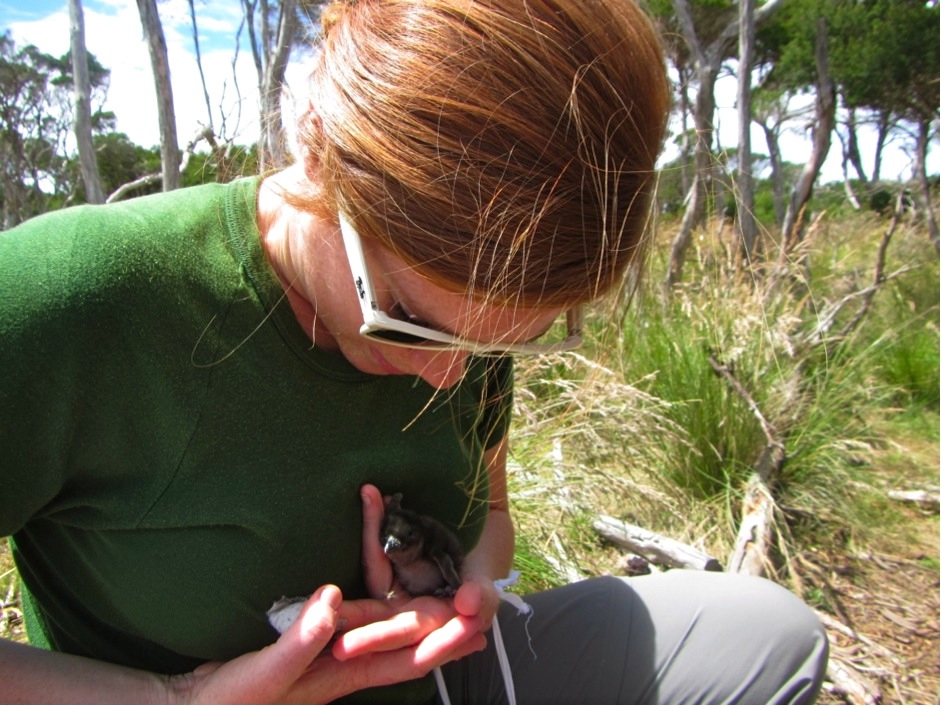Penguin ectoparasites of the Southern Hemisphere
This project investigates the taxonomy and genetic diversity of seabird ticks affecting Little Blue Penguins and Shearwaters in Australia and New Zealand. It utilises next-generation sequencing to address taxonomic issues, assess parasite dispersal, and inform conservation efforts, particularly under climate change influences.
Research themes
Project status
Content navigation
About

Ignition Grant Round 3 (June 2014)
- Katherine Moon, ANU PhD Student
- Ceridwen Fraser, ANU
- Bruce Halliday, CSIRO
- Lineages found in Australian and New Zealand ticks correspond to existing identified species (from the ANIC collection) or are as-yet-undescribed species;
- Connectivity among tick populations is ancient or ongoing; and
- Contemporary connectivity, if found, represents aquatic dispersal of the terrestrial ticks with their swimming penguin hosts or with sympatric flighted seabirds.
The most direct application of this study is related to the dispersal capability of parasites affecting the health and sustainability of a group of birds with high conservation status both locally and globally. Given the charismatic nature of the host species, and increasing indications that climate change is already affecting parasite numbers and prevalence, this study has strong potential to influence public policy.
This project aims to reconstruct the historical patterns of species movement, colonization, extinction and speciation within the Little Blue Penguin-tick system. Using this information, the broader study also aims to understand the potential of evolutionary processes, specifically dispersal, to influence the outcomes of environmental change on vulnerable systems. This information is of direct use to local conservation efforts, as tick loads have been identified as negatively impacting the host in a number of ways. These include delays in chick growth, blood loss leading to anaemia, injection of toxins that lead to paralysis of the host and, in cases of hyperinfestation, high tick loads may cause chick mortality (Frenot et al. 2001; Heath 2006; McCoy et al. 2002). Therefore, this study, which will investigate the dispersal capacity of the parasite with its host, is of high conservation significance.
Outcomes
- Moon KL, Dann P, Chown SL, McGaughran A & Fraser CI (2018). Penguin ectoparasite panmixia suggests frequent extensive host movement within a colony. The Auk, 135:657-668. [doi: 10.1642/AUK-17-226.1]
